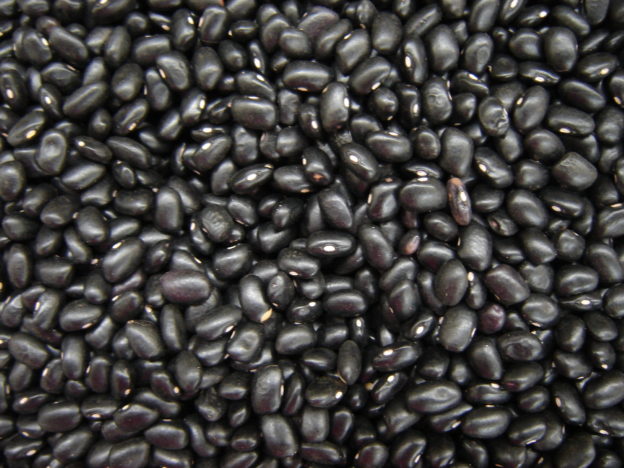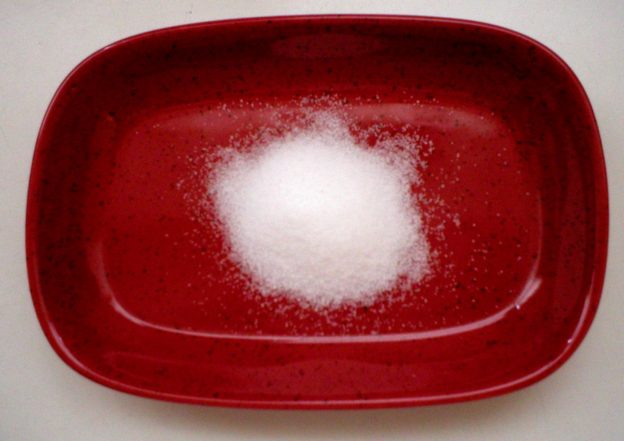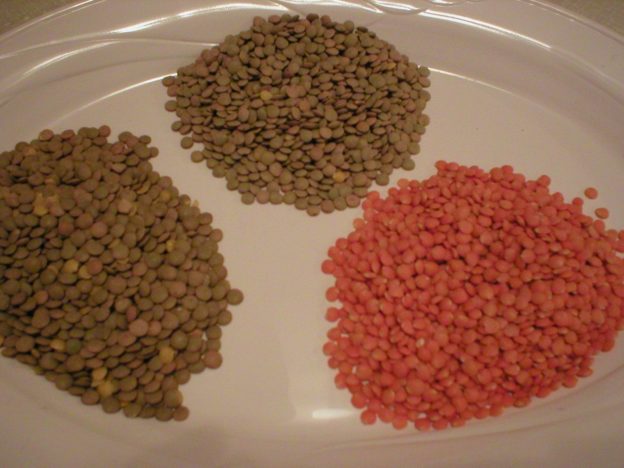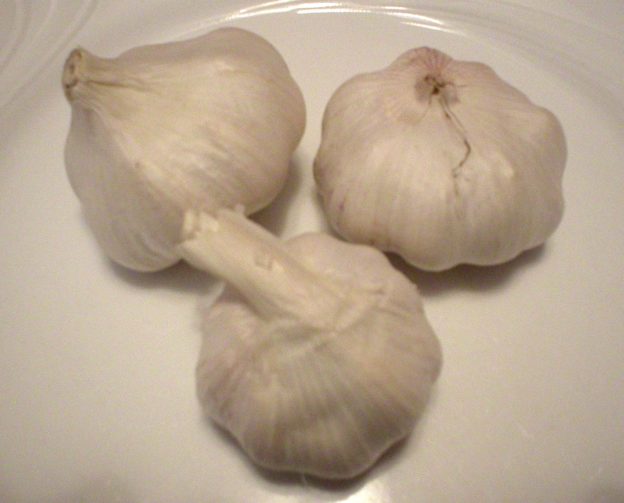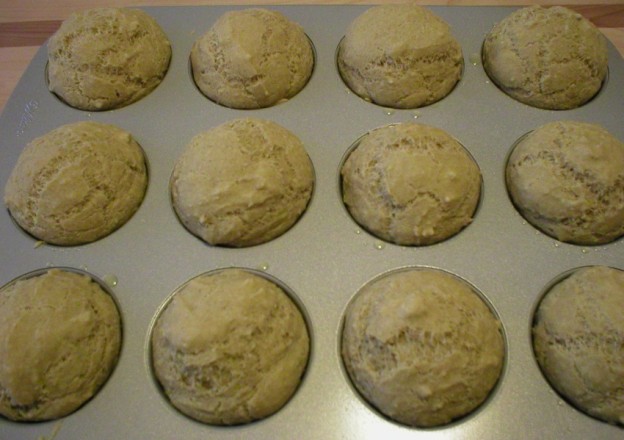Black beans are a popular and extremely health-promoting legume to include in your meals whenever you can. If you’re wondering about the health benefits of black beans or are looking for ideas on what to do with them, such as what foods, herbs, or spices go well with black beans, you’re in the right place! I’ve answered those questions and a lot more! Read onward for a comprehensive review of black beans.
Enjoy!
Judi
Black Beans 101 – The Basics
About Black Beans
Black beans are native to North, South and Central America. They date as far back as 7,000 years ago when they were a staple food for Central and South Americans. Black beans are about one-half inch long with a shape similar to a pinto bean. They are members of the plant family Phaseolus vulgaris, along with navy, kidney, and pinto beans. Black beans are sometimes referred to as turtle beans or black turtle beans. Today, black beans are grown worldwide and are enjoyed in many cuisines. Cooked black beans are soft in texture with a mild, but slightly sweet flavor.
Nutrition and Health Benefits of Black Beans
Black beans are an excellent source of molybdenum. This trace mineral is critical in the formation of enzymes used in a variety of essential functions including carbohydrate metabolism. They also contain a lot of folate, fiber, copper, manganese, Vitamin B1, phosphorus, magnesium and iron. Furthermore, a one cup serving of black beans provides about 15 grams of protein (about one-third of the day’s needs), 15 grams of fiber, and about 180 mg of alpha-linolenic acid (an omega-3 fatty acid). That’s impressive!
Blood Sugar Control and Resistant Starch. The high fiber content of black beans coupled with the high protein content makes them an excellent food for helping to control blood sugar levels. Both fiber and protein help to regulate the passage of food through the gastrointestinal tract, reducing spikes in blood sugar from absorbed carbohydrates. This property gives black beans (and other legumes) a low rating on the glycemic index.
Also, recent studies have shown that black beans have specific peptides (types of proteins) that inhibit the formation of glucose transport molecules. This further inhibits glucose absorption from the digestive tract, also helping to keep blood sugars level. This can help in the management of blood sugar issues, especially Type 2 diabetes.
In addition to the high fiber content of black beans, much of their carbohydrate content consists of resistant starch. Resistant starch is not easily broken down in the upper digestive tract. Instead, it is carried to the large intestines where bacteria feed on the starch, breaking it down into short chain fatty acids. The fatty acids become fuel for our intestinal cells and may play a key role in the prevention of metabolic syndrome, bowel disorders, and some cancers. Short chain fatty acids have been found to aid in the treatment of ulcerative colitis, Crohn’s disease, and antibiotic-associated diarrhea. These properties help to decrease the risk of colorectal cancer in those who regularly eat black beans and other legumes.
Phytonutrient Content: Black beans are an outstanding source of anthocyanins and other flavonoids. Many of these compounds contribute to the rich, dark color of black beans. Anthocyanins acts as antioxidants, fighting harmful molecules in the body. They may provide anti-inflammatory, anti-viral, and anti-cancer benefits as well.
A 2010 report published in Nutrition Reviews found that anthocyanins may help to protect heart health by improving cholesterol levels and blood sugar levels, in addition to fighting oxidative stress. All of these factors contribute to heart disease. A 2011 study published in the American Journal of Clinical Nutrition found that anthocyanins may help to prevent high blood pressure, further protecting our heart health.
Dried vs Canned Black Beans
Dried Black Beans. Dried black beans should first be soaked, rinsed and drained, then cooked before being eaten. This takes some time and may not be feasible for all cooks. However, the nutrient content of dried, soaked and cooked beans is a little higher than that of the canned variety. Dried black beans are cheaper to buy when considering the amount of cooked beans you get from a one-pound bag vs the amount in one can of beans. If the cost factor is important to you, dried beans are the best option.
Storing Dried Black Beans. Store dried black beans in a cool, dry area in a sealed container. When properly stored, they should stay fresh for 2 to 3 years, although they are usually safe to eat beyond that. If you open a container of dried black beans and do not use them all, return the remaining unused beans to an airtight, sealed container stored in a cool, dry place. Dried beans are usually safe to eat beyond their ‘best by” date, although the quality may decline over time. If your dried beans develop an “off” odor or appearance, or show signs of mold or insect infestation, it’s time to discard them.
Canned Black Beans. Canned black beans are a convenient staple food to have in the pantry, and can be found in just about any grocery store. They should be rinsed and drained before eating. Since they are fully cooked, canned black beans can be eaten cold, cooked, pureed, or baked.
The nutrient content of canned black beans is slightly less than that of their dried counterparts, but not so much that they should be avoided. They are typically sorted before processing, as you would dry beans. The beans are then pre-hydrated before being cooked in their sealed cans. Some varieties of canned black beans have added salt and/or calcium chloride to maintain firmness. If you want to avoid those additives, organic and no salt added varieties of canned black beans are available at many grocery stores. The processing of canned black beans is relatively low when compared with other foods, and are considered to be a healthy alternative to dried black beans.
Storing Canned Black Beans. The quality of unopened cans of black beans can be good for 3 to 5 years if kept in a cool, dry place. They are usually safe to eat beyond that, but the quality may decline. Canned black beans usually have a “best by” date stamped on the can. If kept properly, the beans should be safe to eat beyond that day, but the quality may decline. If you notice a bad odor, off appearance or flavor, or mold, the beans should certainly be discarded. If any canned items are leaking, rusting, bulging, or severely dented, they should be discarded.
[On a personal note…When I was young, my parents had a pantry room off the kitchen where they stored canned foods. Apparently, they didn’t check them routinely. One day, a large can of fruit cocktail exploded in the room. It was everywhere! We did the best we could with clean-up, but that room smelled like old fruit cocktail for a VERY long time after that. So…lesson learned: Monitor your canned goods to be sure they are not bulging and use them within a reasonable amount of time!]
How to Prepare Dried Black Beans
Black beans should be soaked before being cooked. This makes them more tender, reduces cooking time, and also reduces their gas-producing tendencies when eaten. Preparing dried black beans is not hard, but does take some time.
First, place your dried beans in your cooking pot. Sort through them to remove any stones or other debris that may be in the bag, and any beans that don’t look good. Then rinse the beans and drain the water. Next, cover the beans with fresh water by at least two inches. There are two methods of soaking to choose from at this point…
Overnight method. Cover the pot and allow the beans to soak overnight or for at least 6 hours. Drain the water and cover the beans with fresh water by at least two inches. Cook your beans (see directions below).
Quick soak method. Cover your rinsed and drained beans in your cooking pot with fresh water. Place the lid on the pot and bring them to a boil. Boil them for two minutes. Remove the pot from the heat and allow them to rest in the covered pot for two hours. Drain the water, then fill the pot with fresh water. Cook your beans (see directions below).
Cooking your soaked beans. Place your pot filled with water and soaked beans on the stove. Cover the pot and bring them to a boil, then lower the heat. Tilt the lid on the pot and allow the beans to simmer until they are soft. This can take anywhere from 45 minutes to 2 hours depending upon how fast they are cooked and how long they soaked. Stir them occasionally. Be sure they remain submerged. If needed, add more hot water to the pot. Do NOT add salt or acidic ingredients like vinegar or lemon juice to the water at first. This will cause the beans to be tough and will make them hard to cook. If salted or flavored water is desired, add flavorings when they are close to being done. When they are soft, drain the water and use them as desired. Soaked dried beans may also be cooked in a pressure cooker or slow cooker.
Quick Ideas and Tips for Using Black Beans
* To have a supply of freshly cooked black beans readily available, cook a pound or two of dried beans. Cool them down in cold water, drain well, then transfer them to freezer bags or containers and store them in the freezer. You’ll have plenty of cooked black beans ready when you need them.
* Make a simple salad by combining black beans with celery, bell peppers, tomatoes and your favorite spicy dressing. Serve this on its own, on a bed of greens, or with a cooked grain of your choice.
* Make a quick taco by filling shells with cooked black beans, greens of choice, chopped tomatoes, avocado slices, onions and any other veggies you want. Top with chopped cilantro, a sprinkle of cheese, a drizzle of lime juice, and a dollop of sour cream or cashew cream.
* Make a black bean hummus by blending a can of black beans with tahini or avocado, lime, chili powder, and garlic to taste.
* Add cooked blacked beans to a stuffed baked potato.
* Use black beans in a burrito in place of refried beans.
* Make an easy dip by layering black beans with guacamole, diced tomatoes, onions, and chopped cilantro.
* Make a black bean salsa by combining black beans with diced tomatoes, red onion, jalapeno, and chopped cilantro. Add lime juice and salt to taste. Let rest for 20 minutes for flavors to blend, then serve with tortilla chips.
* Stuff baked sweet potatoes with a mixture of black beans, chopped onions, corn, diced tomatoes, all flavored with cumin, chili powder, cilantro and lime juice. Place the mixture in the baked sweet potato and top with cheddar cheese and a dollop of plain yogurt, sour cream or cashew cream.
* Try a black bean and walnut lettuce wrap. In a bowl, combine black beans, chopped walnuts, paprika, chili powder, cumin, chopped onion, diced tomatoes and any other vegetables you want, some lime juice, a little cheese, guacamole, sour cream, and/or salsa. Spoon the filling into large lettuce leaves, wrap and enjoy!
Herbs/Spices That Go Well with Black Beans
Basil, bay leaf, cayenne, chili pepper flakes, chili powder, cilantro, coriander, cumin, garlic, ginger, mint, mustard, oregano, paprika, parsley, pepper, rosemary, salt, savory, thyme
Foods That Go Well with Black Beans
Proteins, Legumes, Nuts, Seeds: Beef, chicken, chickpeas, eggs, pork, seafood, tempeh
Vegetables: Bell peppers, carrots, celery, chiles, chives, cucumbers, jicama, mushrooms, onions, potatoes, scallions, spinach, squash (winter), sweet potatoes, tomatoes
Fruits: Avocado, citrus fruits (esp. lemon, lime, orange), mangoes, olives, plantains
Grains and Grain Products: Corn, grains (in general), quinoa, rice, tortillas
Dairy and Non-Dairy: Cheese, sour cream
Other Foods: Chocolate, coffee, liquid smoke, miso, oil, sherry (dry), soy sauce, stock (vegetable), vinegar
Black beans have been used in the following cuisines and dishes…
Black bean cakes, Brazilian cuisine, burritos, Caribbean cuisine, casseroles, Central American cuisines, chili (vegetarian), Cuban cuisine, dips, empanadas, enchiladas, Jamaican cuisine, Latin American cuisines, Mexican cuisine, nachos, pates, Puerto Rican cuisine, purees, quesadillas, refried beans, salads, soups, South American cuisines, Southwestern (U.S.) cuisine, spreads, stews, tacos, Tex-Mex cuisine, tostadas, veggie burgers
Suggested Flavor Combos Using Black Beans
Add black beans to any of the following combinations…
Avocado + cilantro + corn + lime juice
Avocado + cilantro + onions + rice
Bell peppers + corn + lettuce + scallions
Bell peppers + garlic + onions
Brown rice + salsa + tomatoes
Cheddar cheese + chickpeas + corn + green onions
Chiles + cilantro + coriander + cumin + lime + scallions
Cilantro + lime + oregano + red onions
Cilantro + orange
Coriander + cumin + ginger
Garlic + thyme
Kale + sweet potatoes
Mango + quinoa
Salsa + sweet potatoes + tortillas
Recipe Links
Black Bean and Rice Salad https://www.thespruceeats.com/black-bean-and-rice-salad-3051221
Crock Pot Black Bean Chili https://www.thespruceeats.com/crockpot-black-bean-chili-recipe-481139
Easy Crock Pot Santa Fe Chicken https://www.thespruceeats.com/cindys-crock-pot-santa-fe-chicken-3054743
Southwest Black Bean and Corn Salad https://www.thespruceeats.com/southwest-black-bean-and-corn-salad-3377848
Quick and Easy Vegetarian Black Bean Soup https://www.thespruceeats.com/quick-vegetarian-black-bean-soup-3378007
Grilled Bean Burgers https://www.tasteofhome.com/recipes/grilled-bean-burgers/
Texas Black Bean Soup https://www.tasteofhome.com/recipes/texas-black-bean-soup/
Black Bean and Corn Quinoa https://www.tasteofhome.com/recipes/black-bean-corn-quinoa/
Black Bean Brownies https://www.tasteofhome.com/recipes/black-bean-brownies/
Black Bean and Rice Enchiladas https://www.tasteofhome.com/recipes/black-bean-and-rice-enchiladas/
Slow Cooked Stuffed Peppers https://www.tasteofhome.com/recipes/slow-cooked-stuffed-peppers/
Taco Lasagna https://www.tasteofhome.com/recipes/taco-lasagna/
Chili Tortilla Bake https://www.tasteofhome.com/recipes/chili-tortilla-bake/
15-Minute Black Bean Salad http://www.whfoods.com/genpage.php?tname=recipe&dbid=20
Mexican Black Bean Wrap with Avocado and Tri-Colored Slaw https://hellolittlehome.com/mexican-black-bean-wrap-avocado-tri-color-slaw/
Veggie Burrito Bowls https://www.easycheesyvegetarian.com/veggie-burrito-bowls/
Resources
http://www.whfoods.com/genpage.php?tname=foodspice&dbid=2
https://www.stilltasty.com/Fooditems/index/16542
https://www.stilltasty.com/Fooditems/index/16544
https://www.thespruceeats.com/cooking-black-beans-1808034
https://www.bonappetit.com/recipes/article/12-things-to-do-with-a-can-of-black-beans
https://domesticsuperhero.com/southwestern-stuffed-sweet-potatoes/
https://www.verywellhealth.com/the-scoop-on-anthocyanins-89522
https://www.ncbi.nlm.nih.gov/pmc/articles/PMC5613902/
https://www.phlabs.com/the-benefits-of-black-beans-will-blow-you-away
https://www.thespruceeats.com/black-bean-history-1807569
Page, Karen. (2014) The Vegetarian Flavor Bible. New York, NY: Little, Brown and Company.
About Judi
Julia W. Klee (Judi) began her journey enjoying “all things food” in elementary school when she started preparing meals for her family. That love of food blossomed into a quest to learn more and more about health and wellness as related to nutrition. She went on to earn a BS Degree in Food and Nutrition, then an MS Degree in Nutrition. She has taught nutrition and related courses at the college level to pre-nursing and exercise science students. Her hunger to learn didn’t stop upon graduation from college. She continues to research on a regular basis about nutrition as it relates to health. Her hope is to help as many people as possible to enjoy foods that promote health and wellness.

